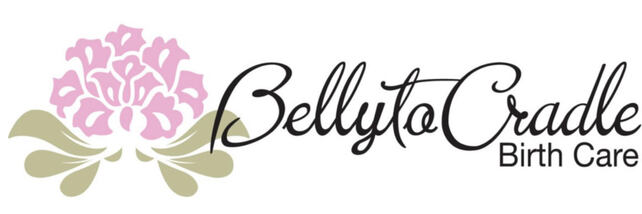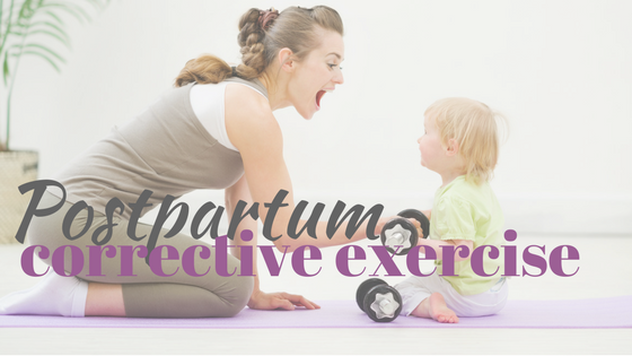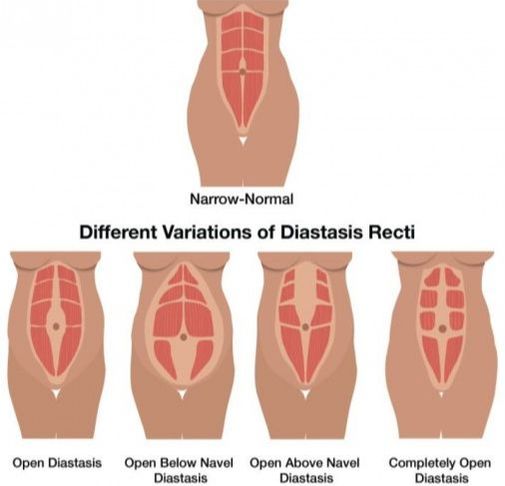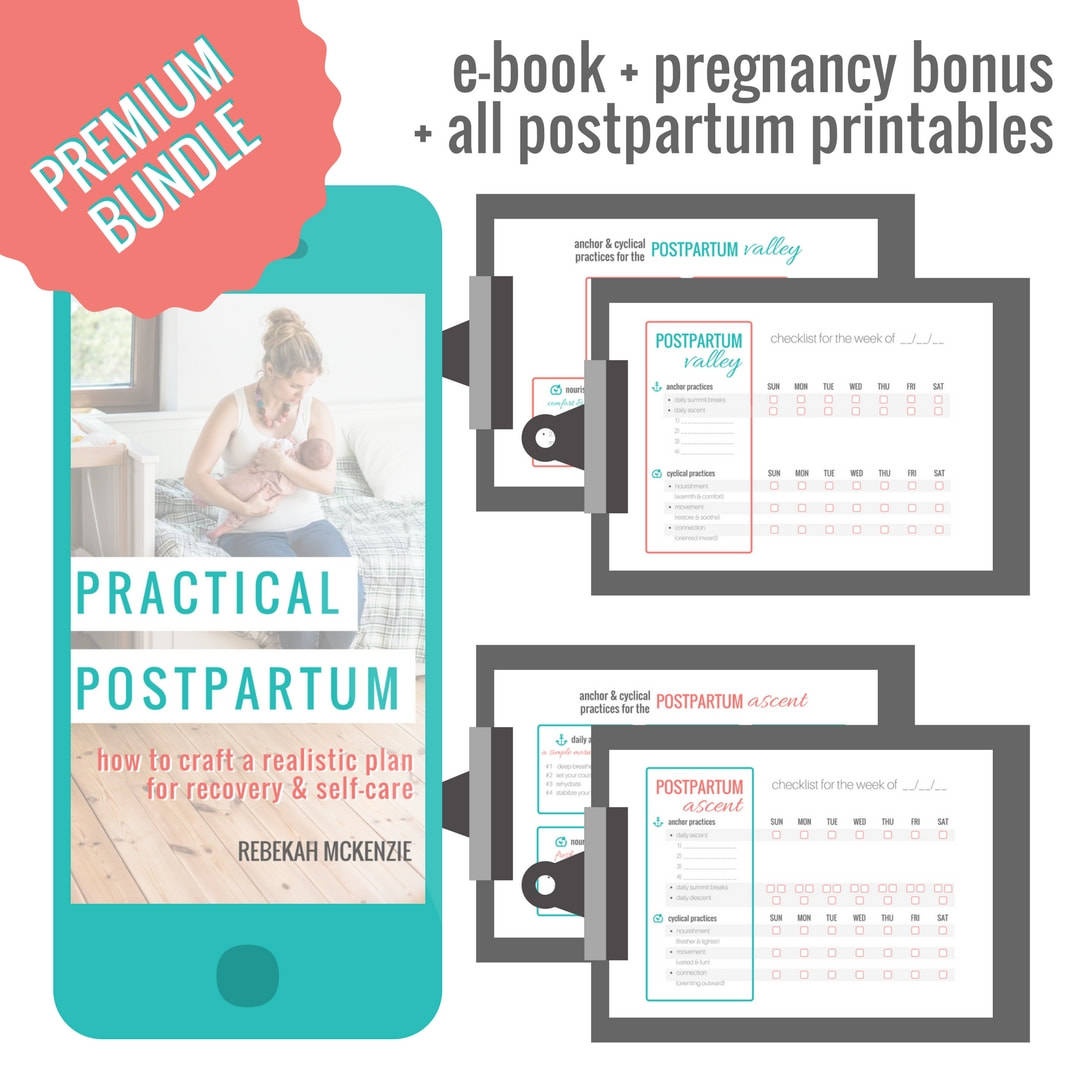 Candace Rorrer, Certified Exercise Physiologist, BS in Exercise Science Candace Rorrer, Certified Exercise Physiologist, BS in Exercise Science With all the changes that take place during pregnancy there are also things you experience after pregnancy that you didn't have before being pregnant. You find your body doesn't feel the same as before. Even after losing weight, your stomach may feel very loose and you may feel like you have a pooch you just can't seem to get rid of. You may even experience low back pain and have pelvic floor issues, like leakage when you jump, cough, sneeze, or laugh. I have heard time and time again from clients that ask their doctors about their stomach and they are told that the only thing that will help is having a tummy tuck or there just is no fixing it. I am here to tell you that is absolutely WRONG! The symptoms I mentioned above are all signs that you might have Diastasis Recti. This is a separation of the abdominal wall. Some women have no trouble and the abdominal wall goes back together with no problem and others like myself still have some separation or complete separation afterward. This is when continuing a regular workout should be done with caution (no crunches or planks) and you should find a corrective exercise specialist to rehab your diastasis recti back together. What is Diastasis Recti? The word diastasis means separation. The recti muscles are the outermost abdominal muscles. So, it is a separation of the outermost abdominal muscles. When the muscles separate the connective tissue (linea alba) joining these muscle stretches sideways. The job of these muscles (called rectus abdominis), is to support your back and your organs. So why should you care if your muscles are separated? Because separated muscles are weak muscles. Separated muscles cannot do their job of supporting your back and organs. To achieve a strong core, your muscles must be close together. The sideways stretching of the connective tissue causes it to become thinner and weaker. So, what happens is this weak saran wrap-like connective tissue is NOT effectively supporting your belly button, back and organs. They are only supported when the muscles are close together. "100% of women have some level of diastasis of the rectus abdominis in the third trimester.(Gilliard and Brown 1996, Diane Lee 2013.) Importantly, for many women the gap remains widened at 8 weeks, and left untreated, this distance at 8 weeks remains unchanged at 1 year postpartum. (Coldron et al 2008, Liaw et al 2011.) 66% of women with diastasis recti have some level of pelvic floor dysfunction (Spitznagle et al 2007). Diastasis recti and pelvic floor problems tend to go together." MuTuSystem How to test for Diastasis Recti
This simple self-test will help you determine if you have diastasis recti.
Exercises to Avoid Crunches, planks, bicycles, sit ups, abdominal machines, ball crunches, etc. This is not a comprehensive list, but similar exercises should be avoid. You don't want to put more strain on these muscles that are already very weak. Those types of core exercises are only going to cause more separation instead of strengthening them. Exercises for Diastasis Recti Exercises that will help heal the diastasis recti are pelvic tilts lying on the floor with knees bent, heel slides starting with one leg at a time and making sure that your back remains with a natural arch, exercises that engage the transverse abdominals. I am excited to announce that I will be a PostPartum Corrective Exercise Specialist in just a few months and will be able to help other with diastasis recti, leakage, prolapse, and pelvic floor issues. Contact me through my website, www.essentiallyfitpcola.com!
4 Comments
|
This is us.We are Women. We are Moms. We are here to help your family blossom. Archives
September 2019
Search
All
|
Building 4
Pensacola, Florida, 32504
We proudly provide
Childbirth Education, Placenta Encapsulation, Lactation Consultations & Doulas
in Pensacola, Milton, Pace, Gulf Breeze, Navarre, Crestview, Ft. Walton, Florida.
Copyright 2017, Belly to Cradle, LLC.
Photo Credits: Kayla Reeder Photography, Lynette Sanders Motherhood Photography,
Savanna Morgret Photography, Finding Beauty in the Ordinary Photography,
& New Light Birth Photography
|
|







